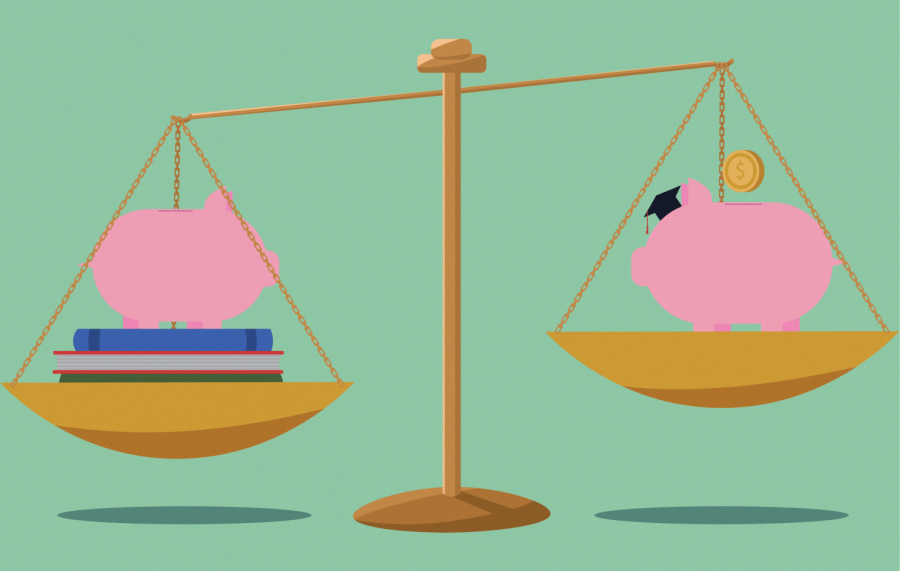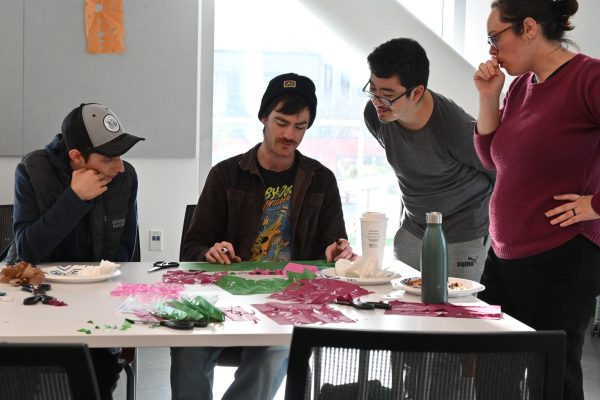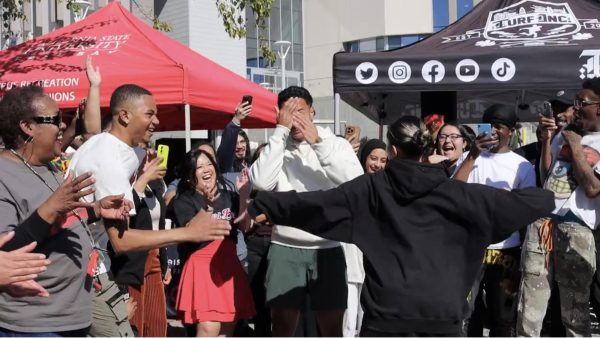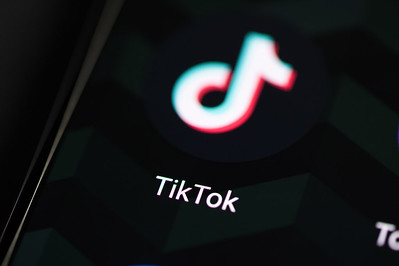What Does the Student Loan Forgiveness Really Entail?
President Joe Biden’s new Student Loan Forgiveness plan has sparked much controversy. On one hand, some communities feel that it could really help low-income students, while on the other hand, others feel that it could create or exacerbate current problems.
Regarding the cons of this new program, “President Joe Biden’s controversial plan to forgive up to $20,000 in student loans for tens of millions of Americans could erase the projected $300 billion deficit reduction that his hard-fought climate, drugs, and tax legislation would generate over 10 years – by as much as two times.” News outlets say that tuition inflation and unfair coverage of forgiveness can tamper with the efficacy of this program.
California State University, East Bay Political Science professor Dr. Kim Geron concluded that Biden’s loan forgiveness is “generally positive.” Geron admitted that this plan may not solve the fundamental problem of school debt, but is a “game-changer,” allowing students to use the money that would have otherwise been used for tuition fees to put a down payment on a home or car instead. Although the debt may still be huge, Geron noted, “It’s a start.”.
The controversy surrounding the program is nothing new. Geron argued that Biden might have been “two years too late,” since loan forgiveness has been a staple promise in his campaign.
To the detractors of the loan forgiveness plan, Geron said that tuition inflation shouldn’t be too much of a concern due to the “freezing” of college fees in 2012 by former California Governor, Jerry Brown. Nevertheless, Geron noted that even if college was free, “somebody would have to pay for that.”
At the end of the day, taxpayers are funding this relief program. The question is: what kind of taxpayer is being targeted?
CSUEB Political Science Emeritus Sherman Lewis says that lower income students are benefiting more from this relief program, since their loans are being forgiven, while higher income students’ loans are not.
“Higher education is as important today as grade school and high school were in time’s past. We need to invest in our human capital of our young population so they can be productive in the future,” said Lewis. In other words, as college education becomes more attainable, the investment is sure to prove worthwhile down the road.
Lewis urges against “delaying useful action” when it comes to the timing of such a plan. As he noted, Biden made a promise years ago regarding student debt relief and there should not be any more time wasted when determining whether or not the plan should be modified or tweaked. “All debt forgiveness is likely to add to the national debt…many students can’t afford to repay their loans,” Lewis claimed.
It seems that students also feel the same way as Dr. Lewis and Dr. Geron on many points.
CSUEB Junior, Sabina Vega said, “I am for it, even though it doesn’t benefit me at all since I haven’t taken out any loans.” She continued, saying that “A lot of our taxpayer money goes toward other things that aren’t beneficial, like the military. Something like this should be okay. It should be worth it.”
To Vega, ensuring that students can live without feeling like they are in debt long-term is a big boon to the nation’s continued well-being. Nevertheless, Vega conceded that older generations may think this plan is unfair due to them having to pay off their debt without the assistance of such a forgiveness program. Vega reasoned that, “The newer generation get a clean slate while the previous generations had to work so hard.”
Reflecting on Biden’s recent Loan Forgiveness Plan, some students feel that this is only the beginning – that this single plan is not enough. A CSUEB sophomore, D.C. agreed that the loan forgiveness plan is a step in the right direction. She is uncertain if this program is doing enough to help students: “It does provide individuals with the help they need but more needs to be done.” Like many of us, D.C. knows plenty of people who took out college loans and are still paying them back.
In rebuttal to the detractors of the loan forgiveness plan, D.C. noted, “prices were lower back then, [and] it was easier to pay off the debt,” mentioning the ever-increasing college tuition fees. Likewise, D.C. warns of potential tuition inflation, akin to the price hikes of college education in the past: “The Ivy Leagues have raised their prices since the 1980s. Who’s to say this won’t happen in five to ten years?”
While D.C. agreed that the loan forgiveness plan is a step in the right direction, “there has to be more to it.” As to newer generations being spared the burden of paying back student loans compared to previous generations, who had it much harder, D.C. said, “It seems like it’s worth it but it is too early to say,” says CSUEB junior Kenia Carrichi. She talked about how there are both negative and positive consequences to everything and that hopefully the positive outweigh the bad. Carrichi said, “So far, it seems like an even playing field,” though Carrichi hopes for greater tax equity between high and low-income earners to secure the success and the future of the Student Loan Forgiveness Program.












